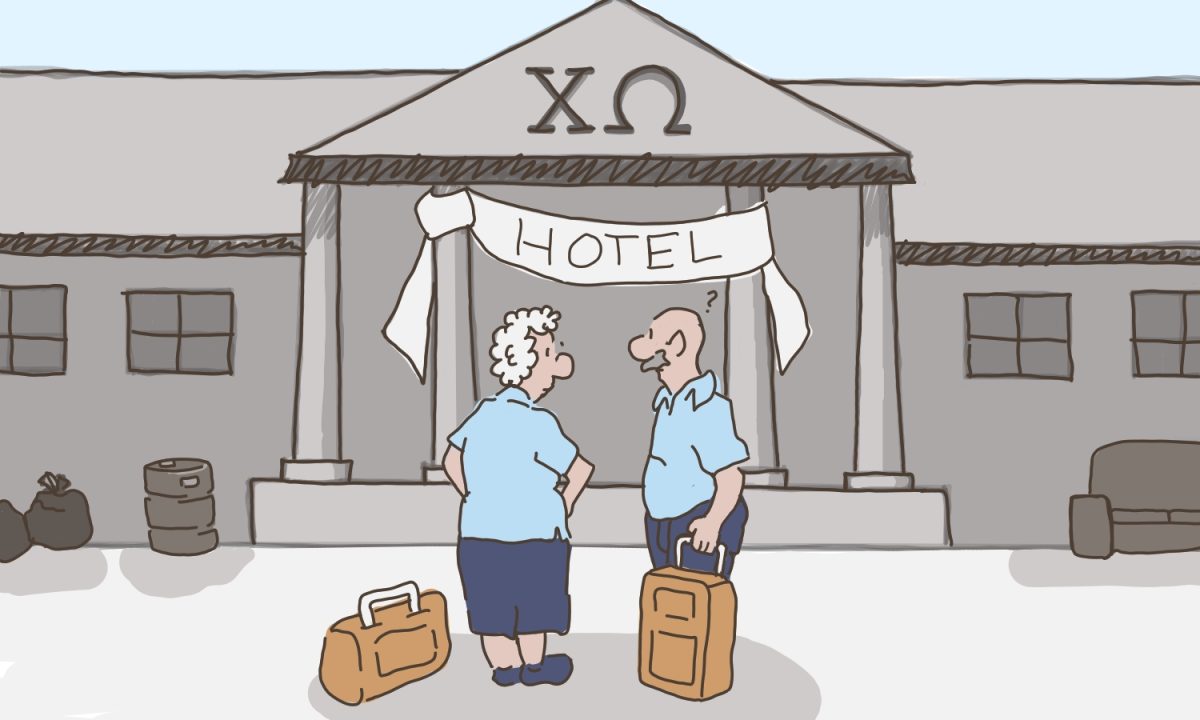Credit cards have, for over half a century, made paying for things quicker and simpler than almost any other system of payment available. Although credit cards are generally a safer alternative to carrying around huge wads of cash, recent data intrusions incurred by retailers such as Target, have made paying for things with cash seem like the better option.
An article from Reuters stated that “nearly half the losses occurred in the United States, helped by the lack of the more advanced card readers.” The losses were well over 10 billion as well, which demonstrates the severity of the U.S.’s current credit card theft problem, which the rest of the world has managed to alleviate some how. Such high incidences of credit card fraud in the U.S. is mostly due to the presence of the now obsolete magnetic stripe system that everyone has come to know and love. However, as of October 1, a new shift in liability for credit card fraud resolution will now fall onto the original merchants that processed the payment, as opposed to the bank or the consumer having to resolve the issue.
This shift is due to the presence of a different kind of payment system that requires an EMV (Europay, MasterCard, Visa) card and pin in order to process payments. These EMV cards are more widely known as chipped cards, which are the significantly more secure version of a credit card.
Chipped cards are armed with an integrated circuit chip (these typically aren’t RFID so don’t worry about buying some lead-lined wallet for your cards), which basically acts as a means for the card to store encrypted payment information on the card itself. This allows for high levels of encryption to occur on the card before communicating with the point-of-sale (POS) system. Basically, a new transaction code is utilized each time a purchase is made, which would make the card useless if it were to be stolen off of a retailer’s database. A pin will be required as opposed to a signature soon enough as well, which gives the already-secure payment method yet another layer of security. Of course, this is light years ahead of the magnetic stripe-based cards in terms of technology that have been around since the 1960s, which are incredibly easy to steal information off of at a novice or expert level of thievery.
With that in mind, I have brought myself to wonder as to why the U.S. is just implementing this now? The technology has been around since 1992, and has been successfully implemented since the early 2000s as the only accepted form of credit card payment in Europe along with 180 other countries around the globe. Credit card fraud rates have been shown to have decreased dramatically in these countries, while the U.S. sits at the highest incidences of this problem in the world. And considering that the most popular type of credit card fraud is counterfeiting, it just stumps me as to why we haven’t capitalized on this technology sooner. Sure, the payment processing may be a few seconds slower, but if it means that my payment information, along with my identity are protected at a higher level, then it really isn’t that big of a deal.
So far, anyone who looks into the EMV technology that has been present in Europe for the past two decades can see the overt benefits that such an installation can bring to the U.S.. However, the reasoning that most sources have given for the technology not being implemented has been primarily one of cost. Since liability has shifted from the consumer to businesses that don’t have the proper readers for chipped cards, it is mandatory for these businesses to purchase such to avoid massive losses of money. Basically around $35 billion is set to be spent by retailers on new POS systems and other infrastructural changes, in order to accept chipped cards. On top of the heavy costs that are set to be incurred over the next couple of years, banks along with multiple credit card institutions will have to make changes as well, which will prove difficult.
Considering that Europe, Asia and many other areas around the world have already completely converted over to the technology, I fail to see why people are complaining so much. Sure, Apple Pay and Android Pay offer similar security features, but are meeting similar infrastructural challenges as EMV cards are currently. In an ideal world, both options would be available. However, the switching issues that are occurring with EMV cards could have been avoided if the U.S. had started to make the transition on a wide scale over a ten-year period. It didn’t even need to be required for merchants to switch over necessarily, but they should have seen what kind of issues were bound to occur if they didn’t invest in chip readers. Walmart began the transition eight years ago, and now has fully functioning chip readers at all of its locations, unlike merchants such as King Soopers that recently adopted the readers. Some design changes to the cards and readers themselves could make the transition a bit smoother as well. Such additions as an NFC option (like Apple Pay) and placing the readers in such a way to avoid the card falling out during processing (I’ve encountered this many times) could improve the product quite a bit already. This whole headache of lengthy processing times, a lack of infrastructure and a general unsettling transition to the payment option itself could have been avoided by a little foresight and a greater awareness being spread through the U.S. about the benefit of chipped cards.
Collegian Columnist Chad Earnest can be reached at letters@collegian.com, or on Twitter @churnest.





